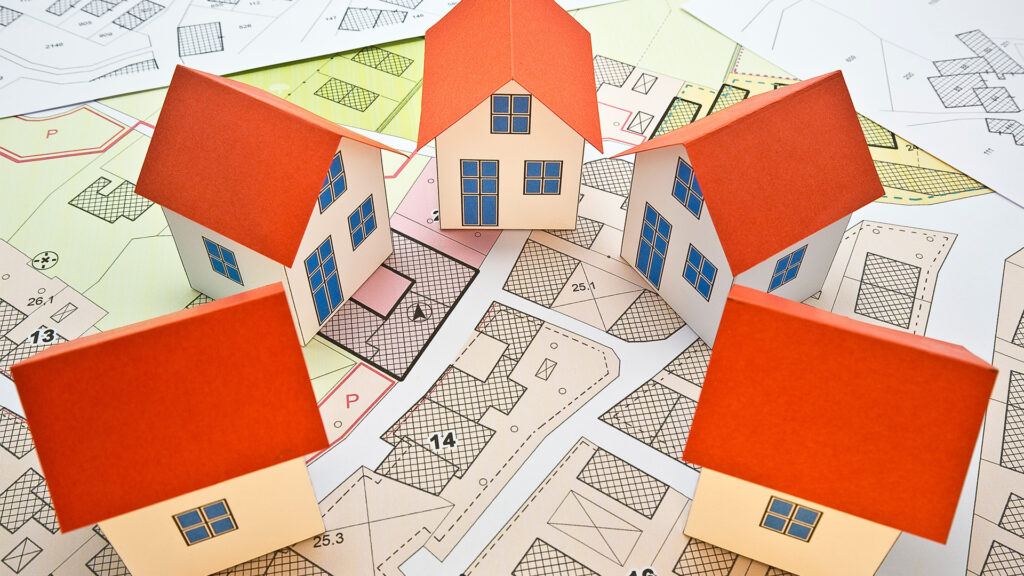The volatile building approvals data from the Australian Bureau of Statistics worked its now-familiar magic in September, revealing a fall of nearly 5%, partly reversing the solid gain in August.
The ABS said the 4.6% fall (after the 8.1% rise in August) was driven by the now usual factor – a fall in approvals for home units, townhouses, flats, etc.
However, approvals of private sector houses also fell after August’s rise.
Depending on the approvals processes in myriad local governments across the country, the data is volatile. However, with September marking the end of a quarter, one would normally expect councils to have completed the usual rush clean-up in the closing weeks of the month.
Daniel Rossi, ABS head of construction statistics, said, “Approvals for private sector dwellings excluding houses fell by 5.1 per cent, following a 10.1 per cent rise in August.”
“Approvals for private sector houses dropped 4.6 per cent, following a 7.2 per cent bounce last month,” he added.
Total dwelling approvals were driven down by falls in Western Australia (-11.0 per cent), New South Wales (-10.5 per cent), and Victoria (-8.9 per cent). Rises were recorded in Queensland (+34.6 per cent), Tasmania (+18.3 per cent), and South Australia (+5.1 per cent).
Approvals for private sector houses fell in Western Australia (-12.7 per cent), Victoria (-9.0 per cent), and South Australia (-2.6 per cent). However, rises in New South Wales (+1.1 per cent) and Queensland (+0.7 per cent) were not enough to offset the overall decrease, the ABS said.
The ABS reported that the value of total building approvals fell 4.9%, following a flat result in August. The value of total residential building fell 2.9%, comprised of a 3.6% drop in new residential building and a 0.7% increase in alterations and additions.
The annual rate gives a better view – total approvals are down more than 20% in the year to September, with private house approvals off 12.5% and flats, home units, etc., down by a third (33%).
Still in property news, the monthly CoreLogic house price data showed another rise in October, and AMP’s Chief Economist, Shane Oliver, reckons prices are on track for a 9% rise in 2023, slowing to a 5% gain next year.
CoreLogic said its national index rose 0.9% last month after a 0.7% gain the month before (revised down from the original 0.8% estimate).
Shane Oliver says the combination of high levels of migration and the continuing supply shortfall (as evidenced by the weak building approvals for October and this year) is driving prices.
But he cautions that while “the supply shortfall is likely to continue, there is a high risk that the impact of high-interest rates will start to get the upper hand next year, particularly if the RBA hikes again, and unemployment rises more than expected.”

